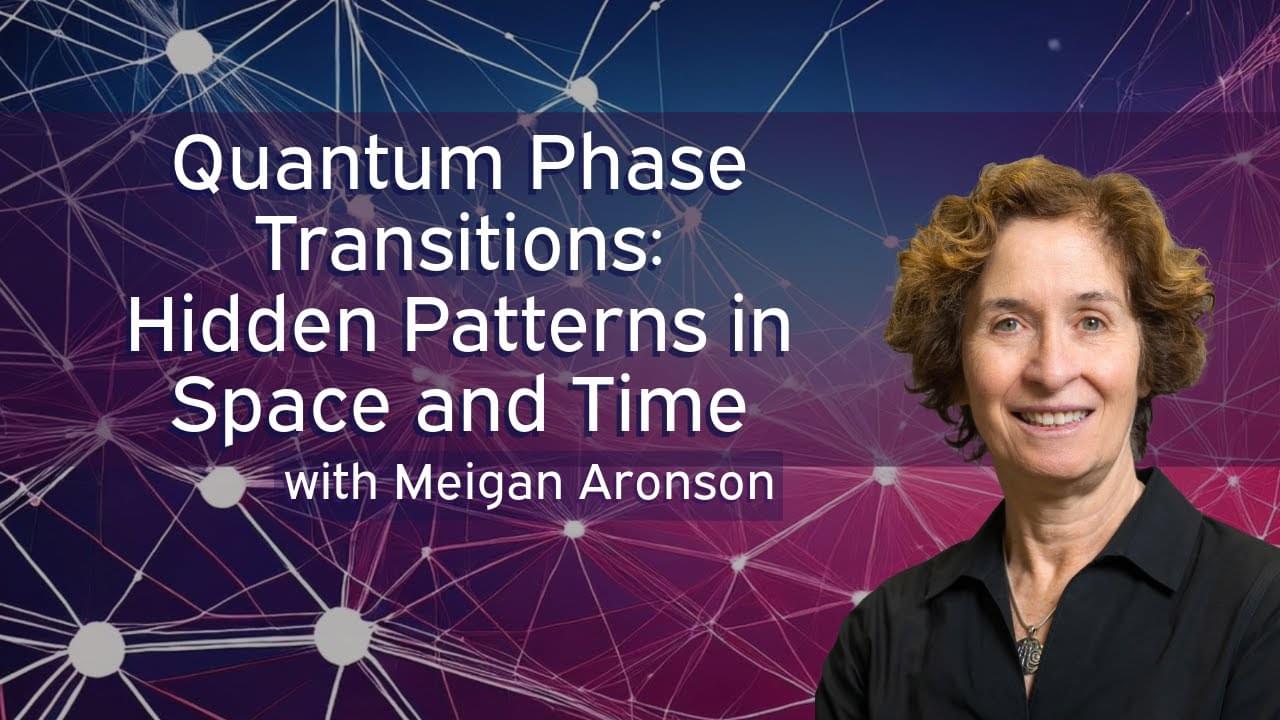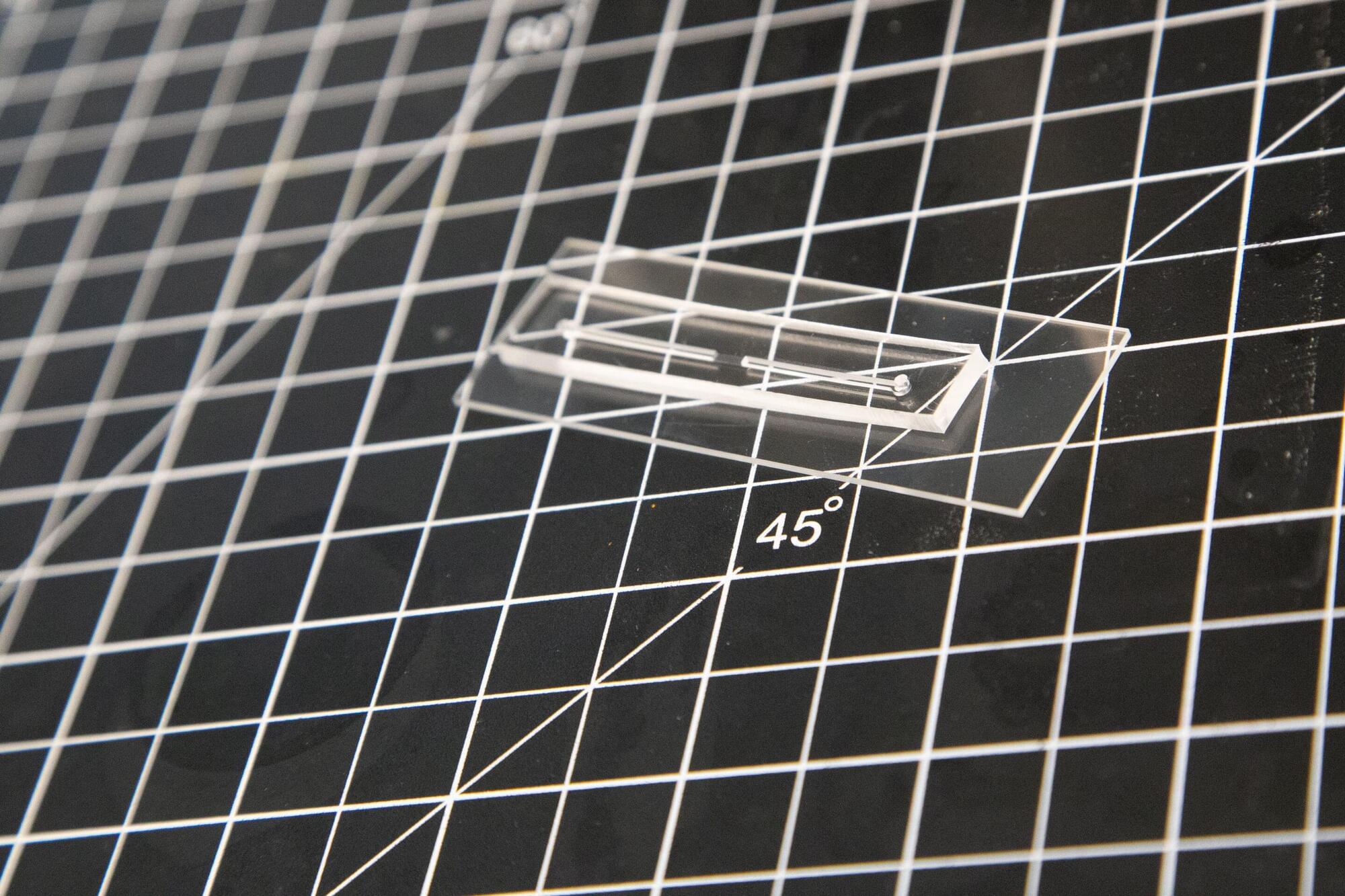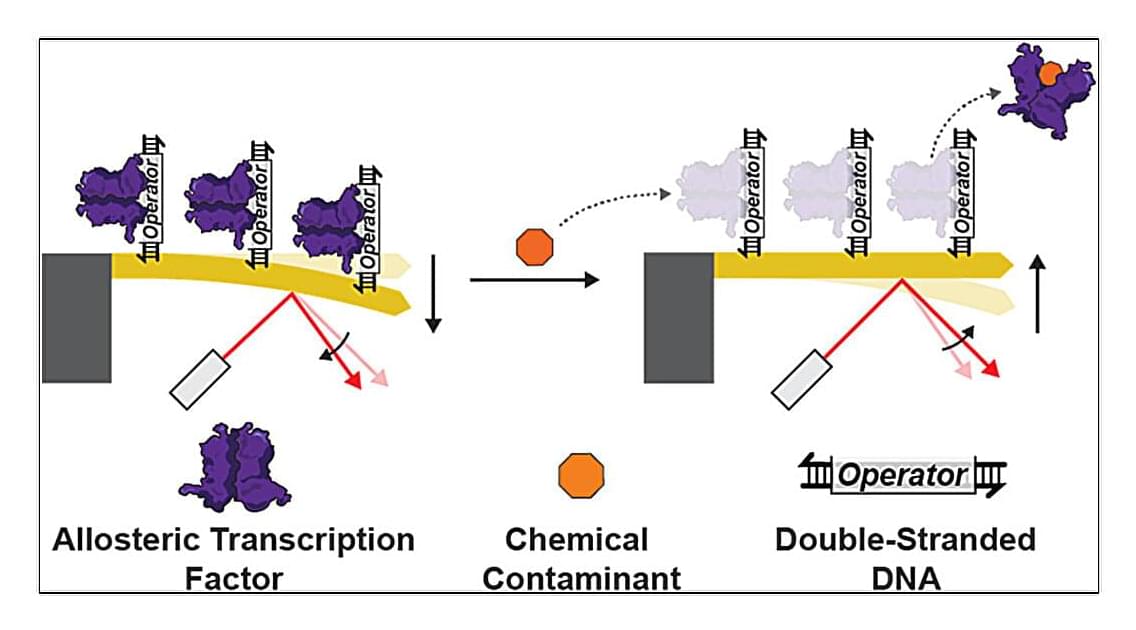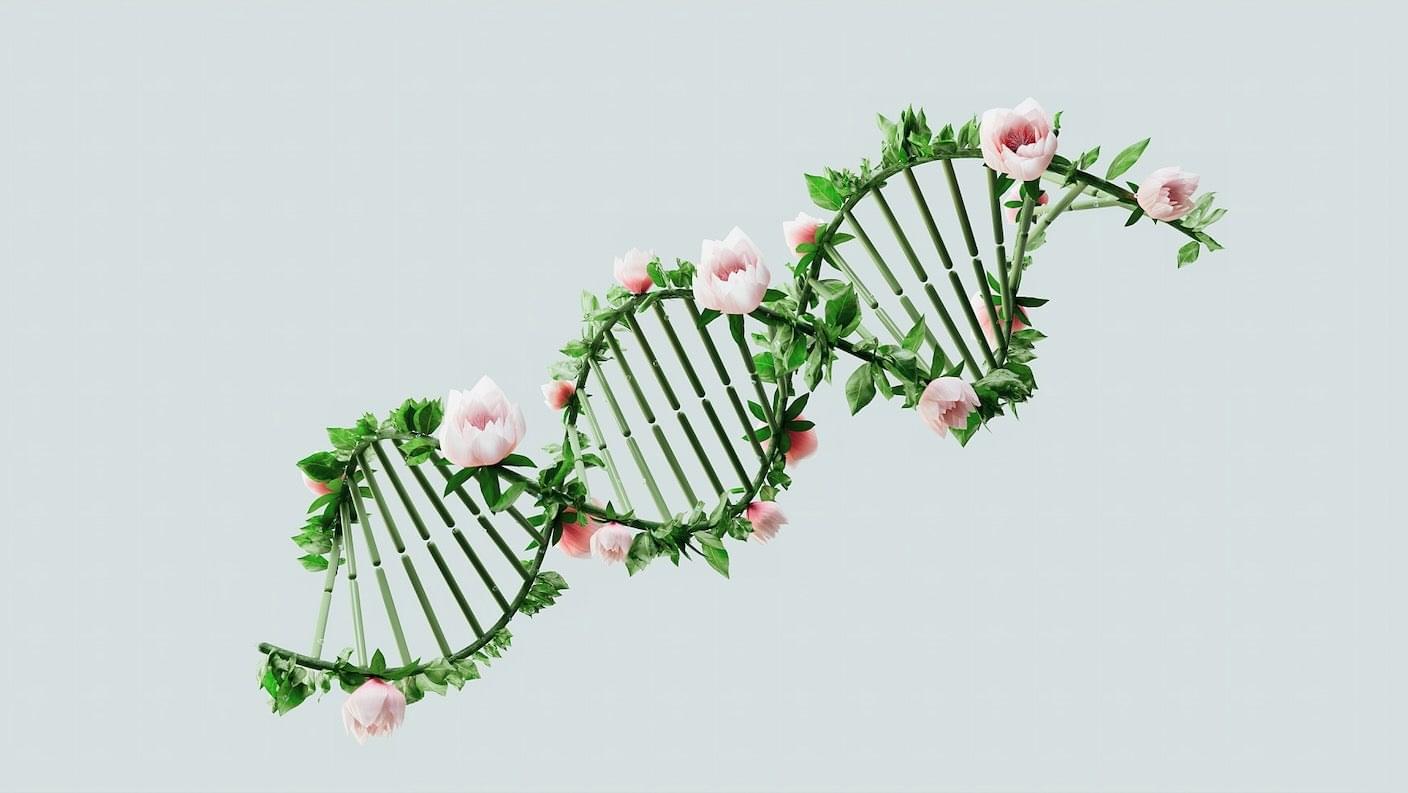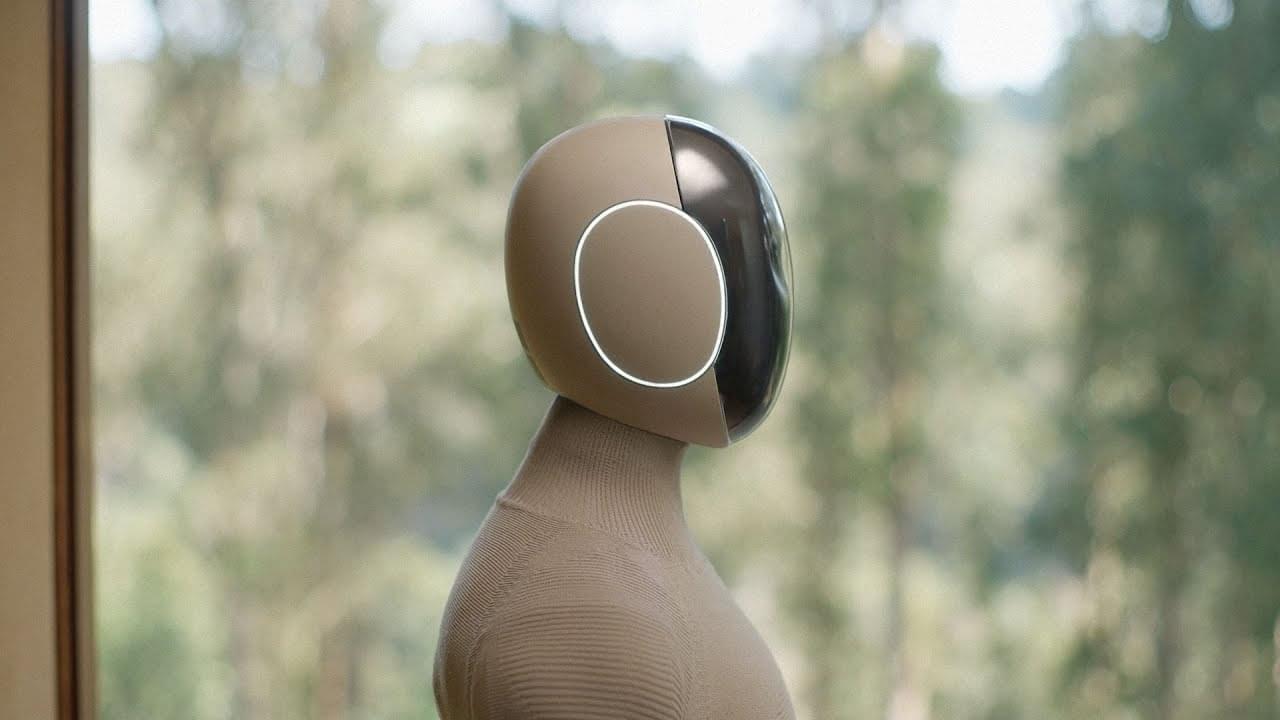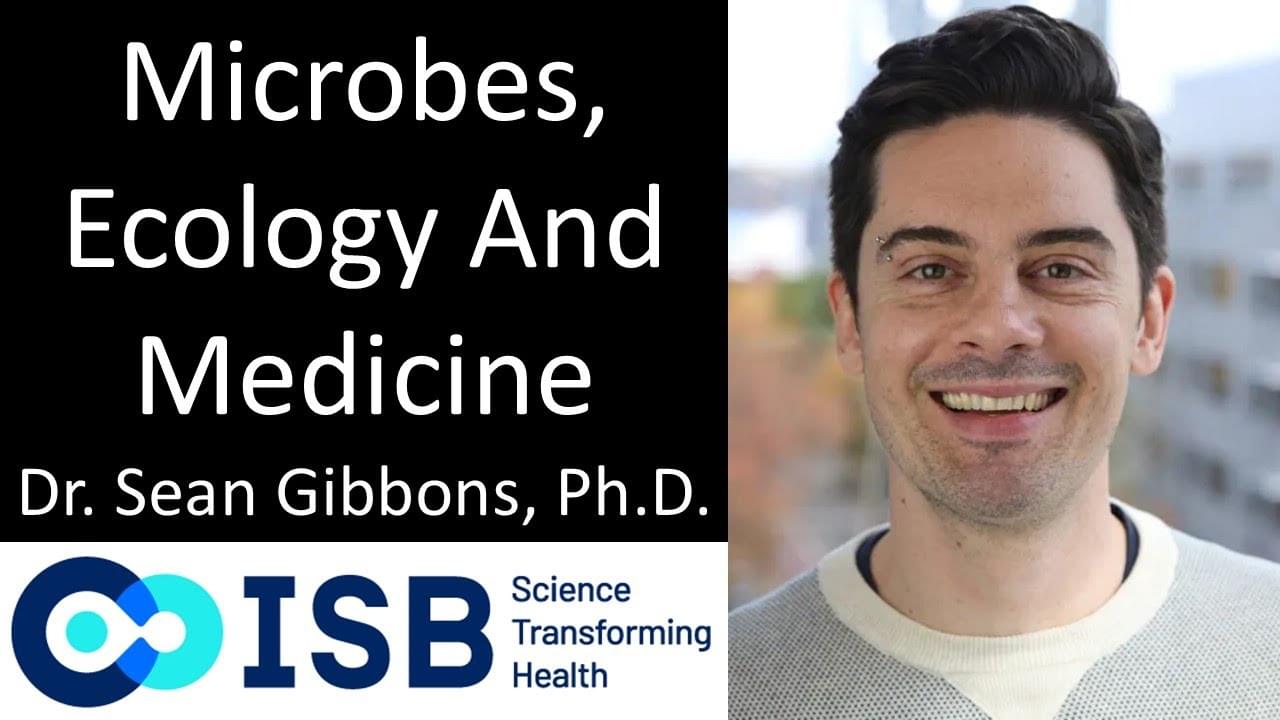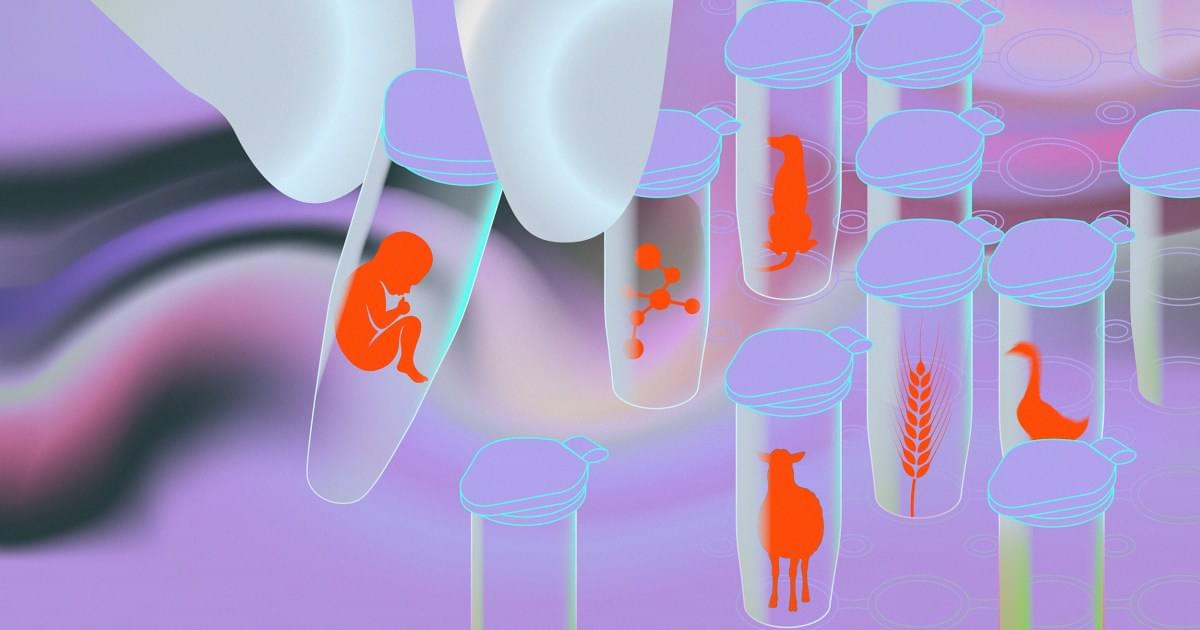Phase transitions are a familiar part of life, representing predictable paths by which solids turn to liquids, mixtures turn to solutions, magnets become nonmagnetic. Temperature plays a central role in driving many phase transitions, however there are others that don’t depend on temperature at all—such as instabilities in social networks, bird flocking, and even the process of visual recognition in humans. Phase transitions represent change that impacts all length scales from the tiniest to the global, becoming permanent on time scales from the shortest to the longest. Most enigmatic are phase transitions that happen only at zero temperature, driven by the intrinsic quantum mechanical nature of matter. How are these quantum phase transitions different from temperature driven phase transitions? What are the different phases that can be explored by quantum systems at zero temperature? Living as we do at nonzero temperature, can we experience quantum phenomena that occur at zero temperature? Phase transitions and the ways in which they pattern space and time are at the heart of our developing understanding of quantum matter.
Meigan Aronson is an experimental condensed matter physicist whose research centers on the discovery and exploration of quantum materials. She received her undergraduate degree from Bryn Mawr College, and her PhD in Physics from the University of Illinois at Urbana-Champaign. After a postdoc at Los Alamos National Laboratory, she enjoyed faculty positions at the University of Michigan and at Stony Brook University, where she was also a group leader at Brookhaven National Laboratory. Her research uses neutron scattering to study the emergence of new phases of matter, especially novel types of order that are only found near quantum phase transitions. She is a Fellow of the American Physical Society and the Neutron Scattering Society of America, and has received the Department of Defense National Security Science and Engineering Fellowship. She is currently a Professor in the Department of Physics and Astronomy and a Principal Investigator at the Stewart Blusson Quantum Matter Institute at The University of British Columbia, where she also served as Dean of the Faculty of Science.
This public lecture was recorded at Aspen Center for Physics on Wednesday, February 26, 2025. Thank you to the Nick and Maggie DeWolf Foundation for making our winter lecture series possible since 1985.
#quantumphasetransitions #spin #quantummechanics #neutronscattering #quantumphases #physics
